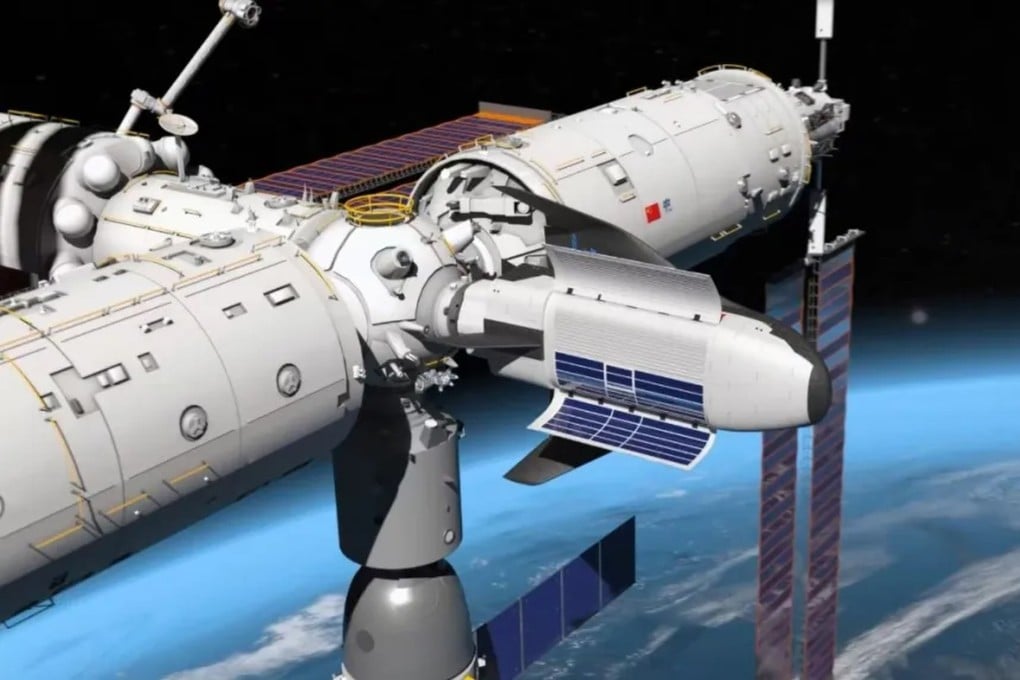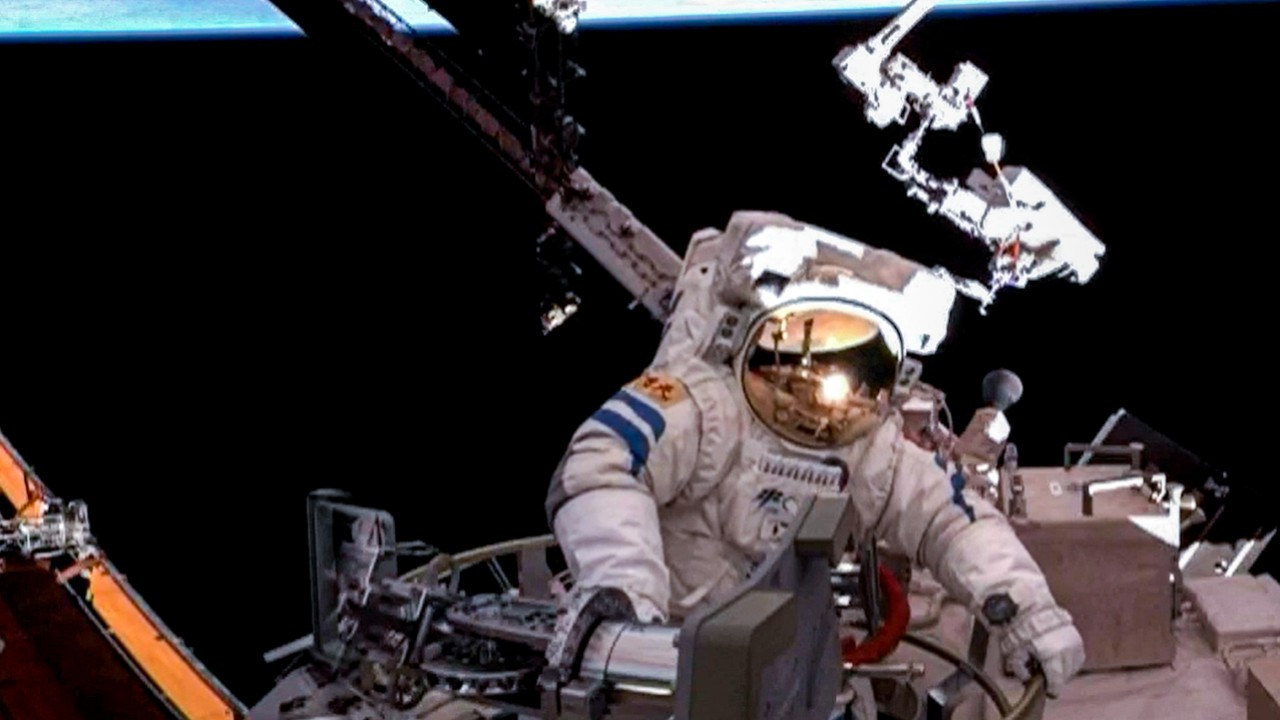China plans to bring uncrewed space shuttle concept to life
The Haolong transporter is not designed to carry a crew, unlike Nasa’s original, but is intended to support the Tiangong space station

The Haolong cargo shuttle was designed by the Chengdu Aircraft Design Institute, an affiliate of Aviation Industry Corporation of China (AVIC).
It is a reusable winged commercial spacecraft that can be launched by a carrier rocket and will be capable of docking with the Tiangong space station. Upon re-entry, the shuttle will be able to land horizontally on an airport runway.
The design features a large wingspan and a high lift-to-drag ratio, could allow the space shuttle to carry large payloads, a post on one of AVIC’s official social platforms said.
The aim of the project was to reduce the cost of carrying cargo between the Earth and space and to establish a reliable, safe and efficient transport system, AVIC said.

